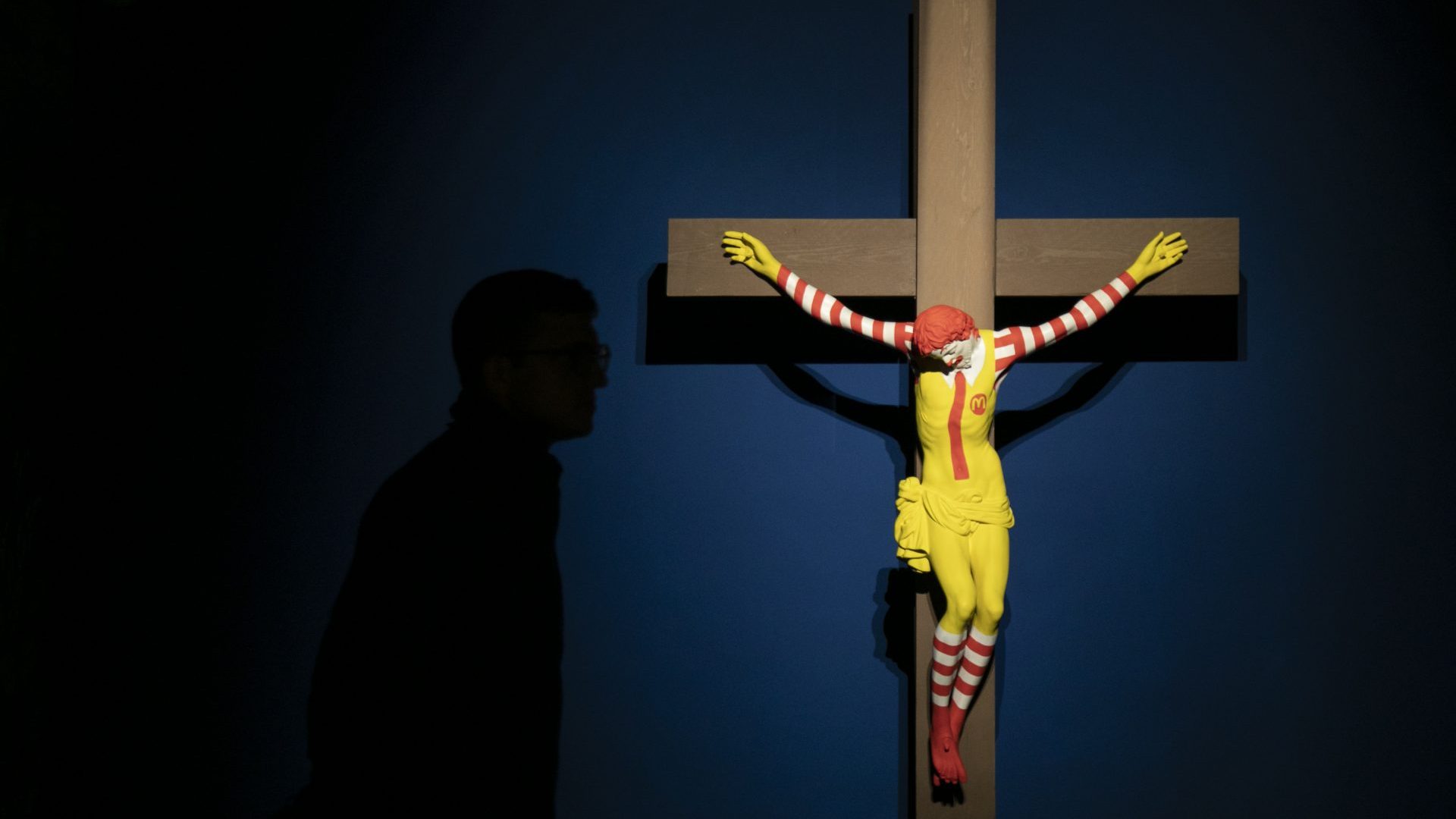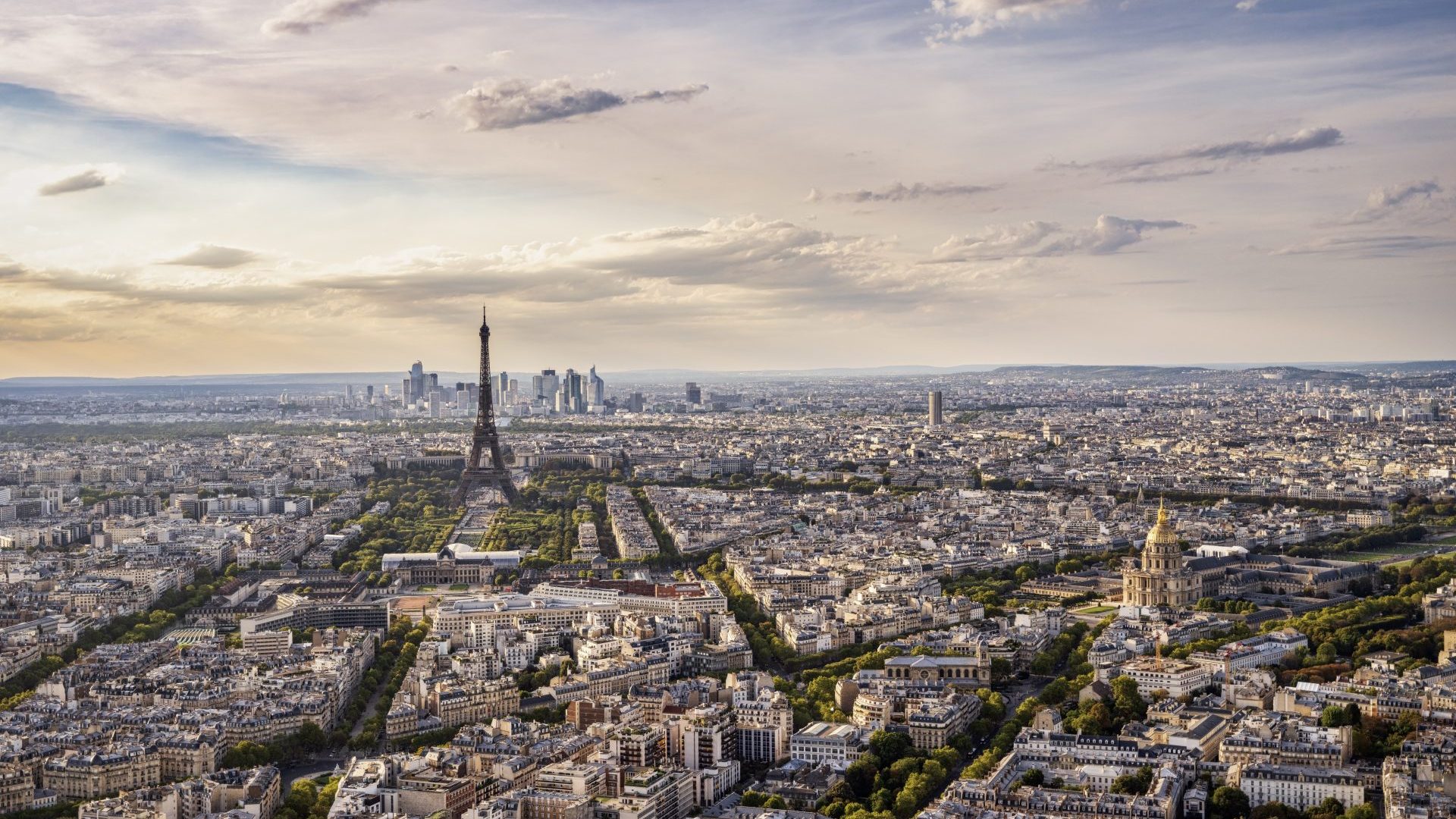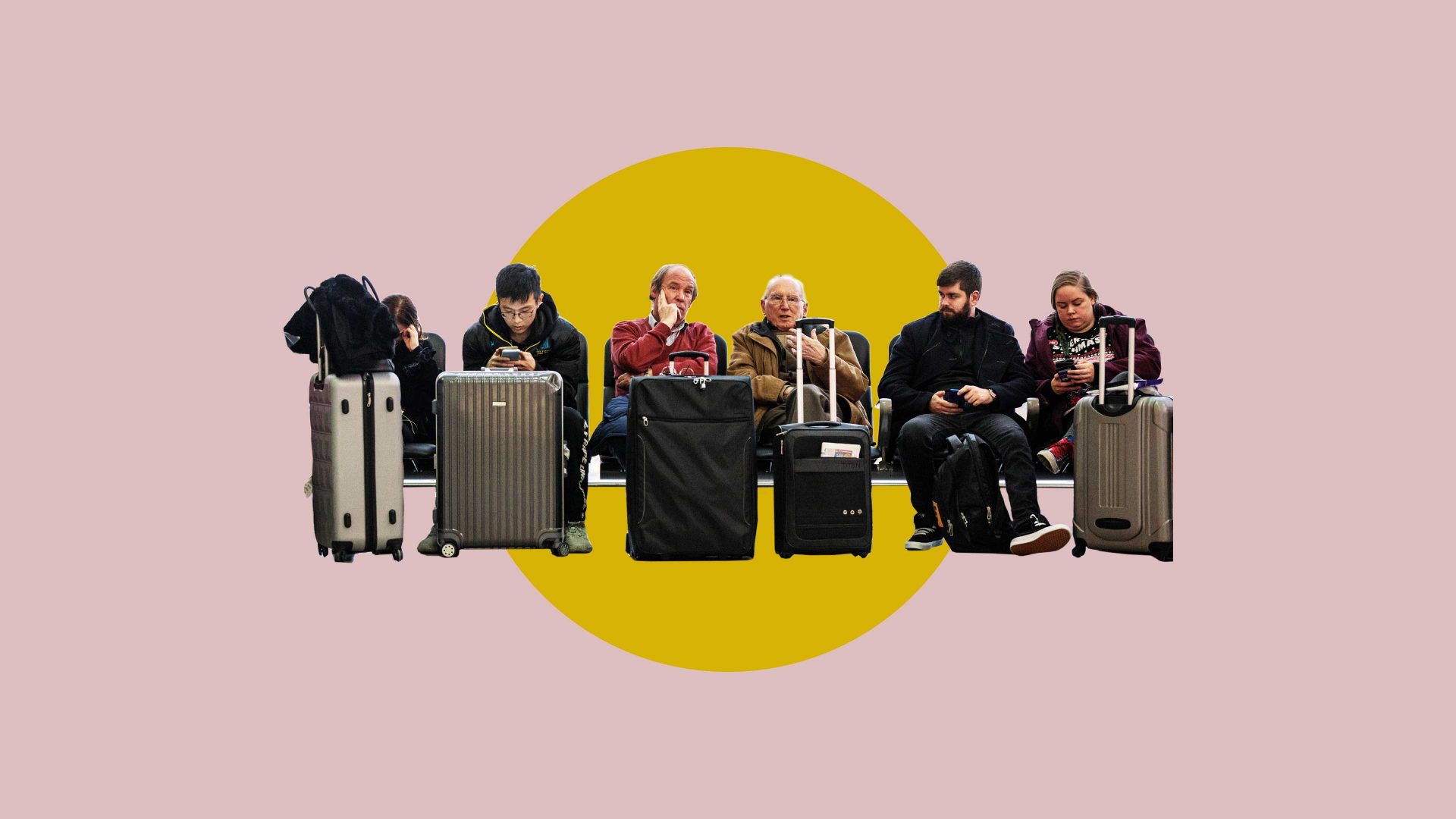“Refugees welcome, tourists go home”. So reads a sign outside Bar Leo, one of the few remaining haunts left for locals near the beach in Barcelona, where a bottle of beer costs just €2.50. Attempts by the municipal authorities to replace cruise ships with cultural tourists have been partially successful at best.
But there is also a big crowd of cosmopolitan hipsters, who in recent years have flocked to the Catalan capital. They now have a new hangout: the Museum of Forbidden Art, comprising a collection belonging to the Catalan media mogul Tatxo Benet.
It now claims to be the world’s first museum dedicated to censored art. Benet has been a busy as well as a naughty boy: his first acquisition, Santiago Sierra’s Political Prisoners in Contemporary Spain, featuring the faces of Catalan nationalists jailed for organising an illegal independence referendum in 2017, was bought in 2018 at Arco, Madrid’s contemporary art fair. Since then, Benet has also acquired works by such international heavyweights as Ai Weiwei, Andy Warhol, Pablo Picasso, Gustav Klimt, Robert Mapplethorpe, Francisco Goya and Banksy, as well as some lesser-known local artists.
And yet, the museum is less than the sum of its parts. The central contention here is that freedom is an absolute good and anyone who doesn’t wholeheartedly agree should get out. Shocking though some of the sexually explicit Mapplethorpe photography can appear, the overarching theme that censorship is always evil is little more than a platitude. The logical end of a commitment to absolute freedom would take you towards expressions of xenophobia, racism and other depictions of outright abuse that an art crowd, no matter how edgy, would find intolerable.
Despite this conceptual shortcoming, some of the art is first class. Even so, censorship being the sole criterion for inclusion results in uneven quality control. Do we really need to see a sculpture of Trump with a small penis? I was looking forward to seeing Franco in a fridge (and I couldn’t resist the fridge magnet for sale in the gift shop), but he doesn’t look anything like the general who ruled Spain from 1939 to 1975.
I should add that the dictator isn’t in a domestic refrigerator but the kind in which soft drinks are displayed in convenience stores. Tourists and younger Spaniards are unlikely to grasp the resonance of the giant Coca-Cola logo. Franco’s dictatorship survived long past its sell-by date because it made a Faustian pact with global capitalism in the early 1960s, transforming much of the population into passive consumers.
Context like that is crucial, and it means censored art can lose something when removed from its original setting. In Barcelona, everything has just been bundled together, from religious and political persecution to cancel culture. And the most incendiary piece of work from Benet’s collection isn’t even on display. Political prisoners in Spain remains on loan to the municipal museum in his home town of Lleida.
Most of the historic quarters in Spain, Barcelona included, have been gentrified in recent decades. Lleida is an exception, and is a place where poor housing stock is largely inhabited by African immigrants employed for hard agricultural graft in the surrounding countryside. Black skin instantly disappears from view on crossing the threshold into the municipal museum or the recently opened, luxury state-run hotel.
Labels next to Political Prisoners in Spain in English and Catalan boast that museums cannot stand aside from the societies they serve and that Sierra’s art will remain exhibited until amnesty is granted for the Catalan politicians who oversaw the referendum. That amnesty was then granted: Catalan nationalist parties supported the socialist prime minister, Pedro Sánchez, in his decision to form a government in exchange for political pardons of separatists involved in the illegal independence vote. What Sánchez claims to be a necessary concession for democratic stability has been interpreted by many citizens as a criminal Catalan faction holding Spanish democracy to ransom.
Moving Political Prisoners in Spain to tourist-friendly Barcelona might be needless provocation, but it would at least imbue an anodyne Museum of Forbidden Art with a much-needed political frisson.
Duncan Wheeler is an author and professor of Spanish studies at Leeds University



